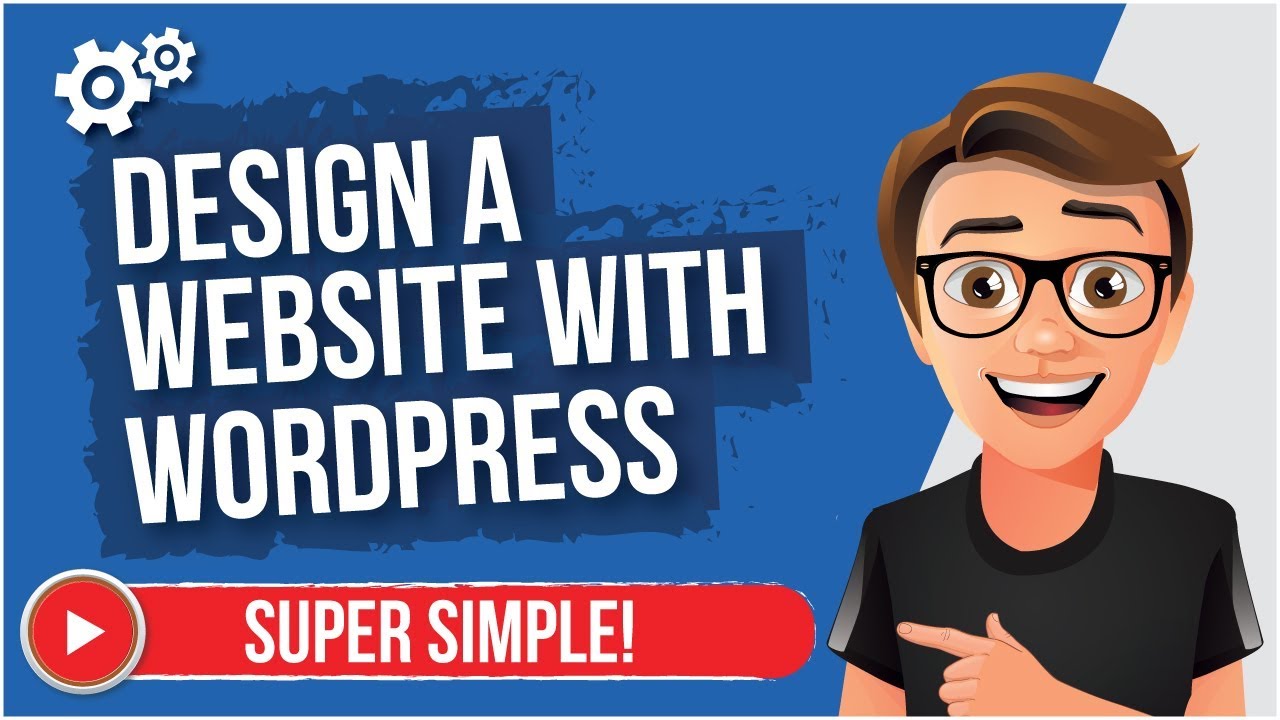How to design website in wordpress
This guide shows you how to make a website on your own. Step-by-step info to build a WordPress website that's functional and beautiful.
WordPress is one of the most popular content management systems (CMS) in the world. It is easy to use and has a wide variety of themes and plugins that allow you to customize your website to your liking. In this article, we will go over the steps to design a website in WordPress.

Step 1: Choose a domain name and web host
The first step in designing a website in WordPress is to choose a domain name and web host. A domain name is the name of your website, such as www.example.com. A web host is the company that stores your website files and makes your website accessible on the internet. There are many domain name and web hosting providers available, so choose one that fits your needs and budget.
Step 2: Install WordPress
Once you have chosen your domain name and web host, the next step is to install WordPress. Many web hosts offer a one-click installation of WordPress, so this process should be quick and easy. If your web host does not offer a one-click installation, you can download WordPress from their website and follow the installation instructions.
Step 3: Choose a theme
After you have installed WordPress, the next step is to choose a theme. A theme is the design of your website, including the layout, color scheme, and typography. WordPress has a wide variety of themes available, both free and paid. Choose a theme that fits the style and purpose of your website.
Step 4: Customize your theme
Once you have chosen a theme, you can customize it to your liking. WordPress has a built-in theme customizer that allows you to change the colors, fonts, and layout of your website. You can also add widgets and plugins to your website to add functionality.
Step 5: Create pages and posts
After you have customized your theme, the next step is to create pages and posts. Pages are static pages on your website, such as an about page or contact page. Posts are dynamic content, such as blog posts or news articles. You can create pages and posts in the WordPress dashboard.
Step 6: Add plugins
Plugins are add-ons that add functionality to your website. There are thousands of plugins available in the WordPress plugin repository. Some popular plugins include Yoast SEO, which helps with search engine optimization, and Contact Form 7, which adds a contact form to your website. Choose plugins that fit the needs of your website.
Step 7: Optimize your website
Optimizing your website for search engines and speed is important for user experience and search engine ranking. There are many ways to optimize your website, including optimizing images, using a caching plugin, and adding meta descriptions to your pages and posts.
Step 8: Launch your website
After you have designed your website, customized your theme, and added content and plugins, the final step is to launch your website. Make sure everything is working properly and test your website on different devices and browsers.
In conclusion, designing a website in WordPress is a simple process that anyone can do. With a little bit of time and effort, you can create a website that looks great and functions well. Remember to choose a domain name and web host, install WordPress, choose a theme, customize your theme, create pages and posts, add plugins, optimize your website, and launch your website.